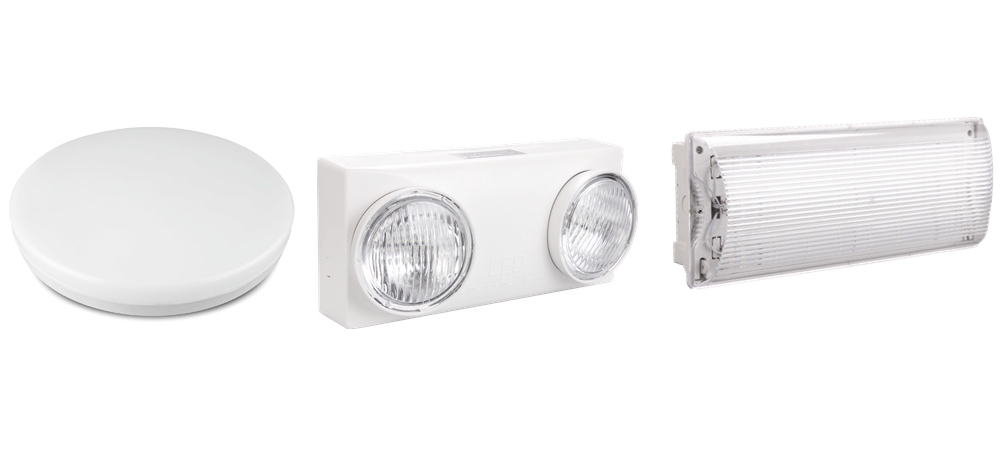The top coat, often referred to as the finish paint, is the final layer applied in a multi-layer painting system. It plays a crucial role in providing durability against environmental factors, ensuring an attractive appearance, and offering protection to the underlying layers. For exterior applications, it's essential to use paints with strong weather resistance. The visual appeal and long-term performance of a top coat are influenced not only by the base material but also by the pigments used and the application process.
In modern architecture, the top coat is commonly used on building exteriors. Countries like the United States, Europe, and Japan have largely moved away from traditional materials such as tiles and mosaics, with over 80% of buildings now using paint for exterior finishes. Among these, fluorocarbon coatings stand out due to their excellent performance and cost-effectiveness, making them ideal for high-rise buildings, landmark structures, and major projects. With the development of water-based fluorocarbon coatings, they can be applied through spraying or rolling, which lowers construction costs and increases their popularity. This has become a key driver in the growth of the fluorocarbon coating market.
In China, the use of coatings for building exteriors remains relatively low, at around 10%, and the adoption of fluorocarbon coatings is even less common. However, with increasing regulations limiting the use of traditional materials like tiles, mosaics, and glass curtain walls, the demand for coatings is expected to rise significantly. By 2015, it's projected that more than 60% of the construction market will use coatings. Fluorocarbon coatings, in particular, are gaining traction in large-scale developments, skyscrapers, and iconic buildings. Companies like Shanghai Hengfeng Fluorocarbon Materials Co., Ltd. have been at the forefront of this trend, contributing to projects such as the Oriental Art Center, Zhengda Square, Shenzhen Shekou Science and Technology Building, and the Changde Cigarette Factory.
LED emergency light have been divided into two heads emergency lights , bulkhead emergency lights , emergency ceiling lights and emergency bulbs . The role of emergency lights is an emergency state evacuating people , generally used in public places . All emergency lights use LED source , its advantages are high brightness , low power consumption , LED lighting effect than the traditional light source energy saving nearly 80% .

Led Emergency Light,,Recessed Emergency Light,Automatic Emergency Light
Jiangmen City Pengjiang District Qihui Lighting Electrical Appliances Co., Ltd , https://www.qihuilights.com